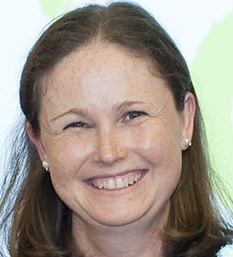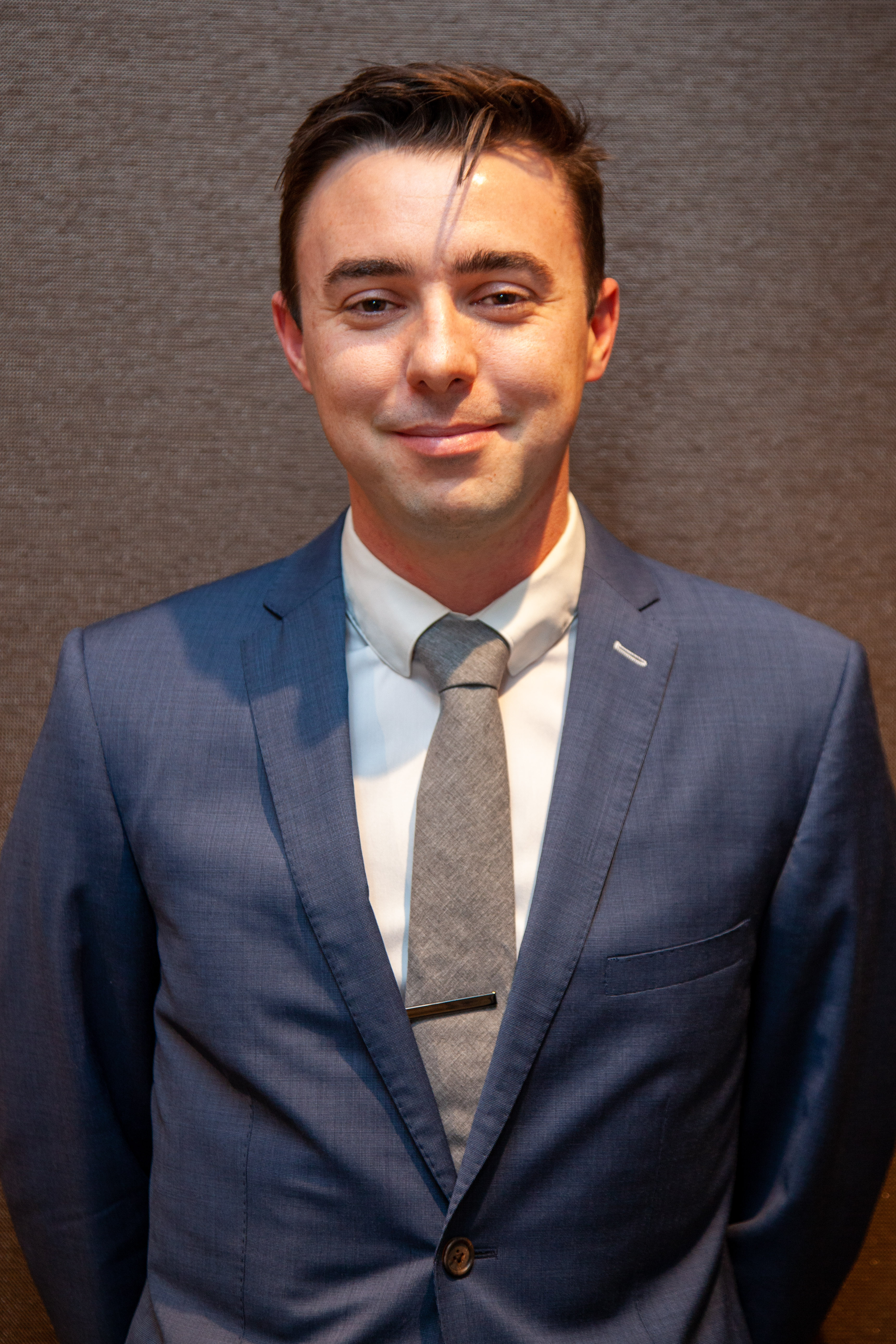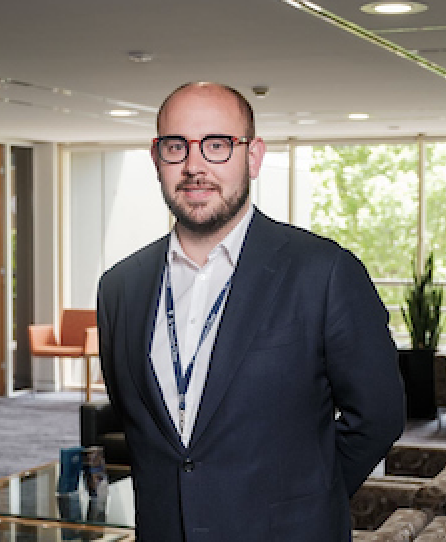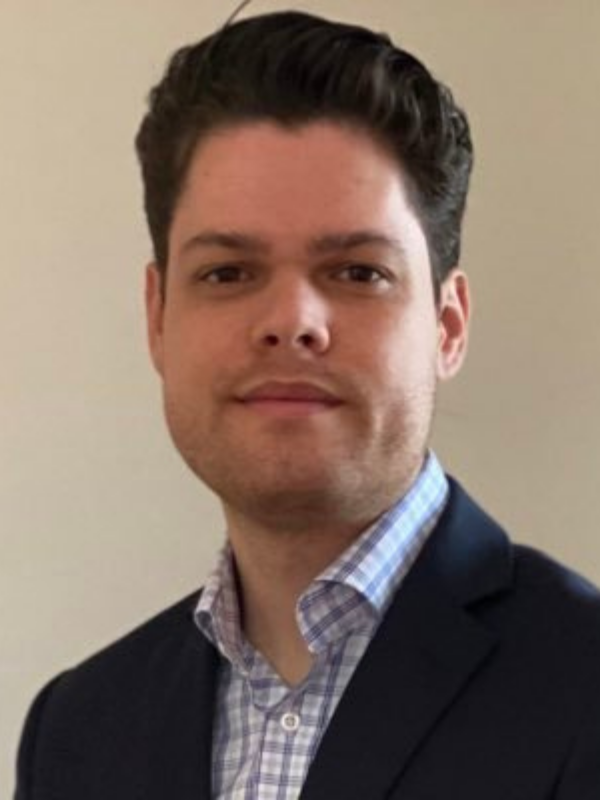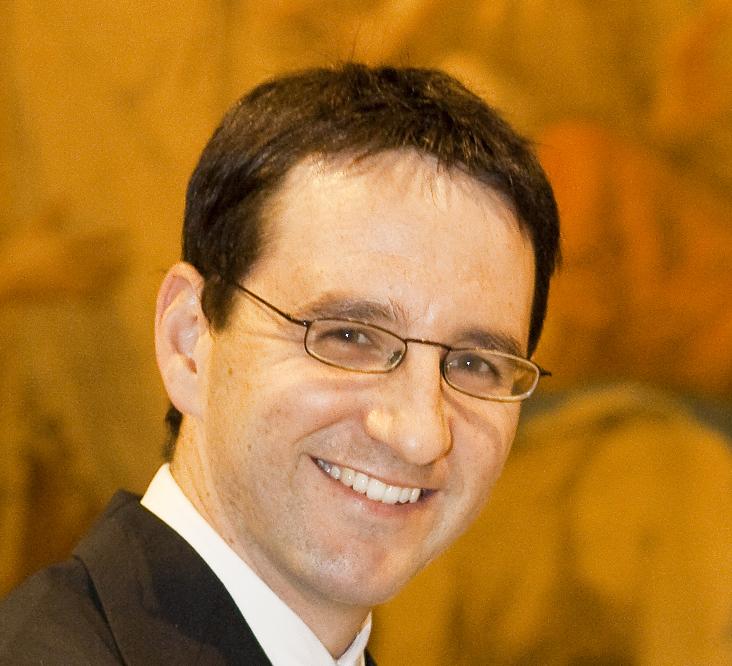
Search
16 Oct Alzheimer’s and other neuro degenerative diseases
...of these communication centres is a common feature in brain degeneration in Alzheimer’s disease (AD). If they lack key proteins, neurons cannot communicate effectively. This leads to memory impairment, another...16 Oct Cerebral Diseases
...of aSAH patients go on to have a further secondary brain injury that is preventable. One of the major causes of secondary injury is vasospasm. This spontaneous constriction of cerebral...16 Oct Neuromuscular Disease
...the central (brain and the spinal cord) and in the peripheral (nerve) level. The objective is to further research looking at patterns of involvement of both central and peripheral nervous...26 Aug Ways to Donate
Thank you for considering donating to us and furthering brain research in Australia. Our preferred method of donating is via our online donation form, but if you prefer you can...07 Aug Keeping Women in the Workforce with Migraine
The burden of migraine on women at work According to the World Health Organization (WHO), migraine attacks are the second leading cause of disability worldwide (1). At the Brain...26 Oct Movement Disorders incl. Parkinson’s & related diseases, Dystonia, Huntington’s
...an incision-less technique, where ultrasound beams are delivered transcranially to create therapeutic lesions in highly specific locations within the brain. Its application in movement disorders and tremor is to target...26 Oct Migraine & Headache
...long-term is therefore of material importance to clinicians and patients worldwide. Our preliminary research suggests that these medications may impact bone health. With the support of the Brain Foundation, we...10 Feb Alzheimer’s Award
...major factor in the cytotoxic processes that underlie the disease. We are developing a novel dual-action drug that both prevents brain damage from toxic free radicals and binds the beta-amyloid...11 Feb Spinal Cord Research Award
Spinal Cord Research Award funded by Marjorie Grace Lawn Estate Hydrocephalus and the role of brain water channels. Dr Brian Owler Neurosurgeon Children’s Hospital at Westmead, Discipline of Paediatrics and...20 Jan Neuro-trauma Award
PROJECT SUMMARY: Traumatic brain injury is a major health care burden world-wide. Approximately 108-332 case of head injury per 100,000 population are admitted to hospital each year. Of those with...10 Feb Migraine Award
...eye – parasympathetic neurons in the sphenopalatine ganglion. In terms of the project currently funded by the Brain Foundation, we plan to further investigate the connectivity and control of these...14 Jan Parkinson’s Disease Award
PROJECT SUMMARY: Deep Brain Stimulation of the subthalamic region is an effective treatment for advanced Parkinson’s Disease but the exact best part of this area to stimulate is uncertain. Our...27 Jan Migraine Award
...extended its application to mammalian tissues and cells proving its applicability and high predictive power in mammalian cell research. In the project funded by the Brain Foundation Dr Shabala will...11 Dec Huntington’s Disease
...Middle Ages. Also known as Huntington’s chorea. Chorea is derived from the Greek word for dance and describes uncontrolled body movement. HD is an inherited disease of the brain that...11 Dec Narcolepsy
...driving. Although sleep episodes can occur at any time, they may be more frequent during periods of inactivity or monotonous, repetitive activity. Narcolepsy occurs when the part of the brain...11 Dec Tourette Syndrome
...in TS include Neuroleptics or medicines that block dopamine system in the brain (newer drugs are selective in the way they block dopamine and may also affect other neurotransmitters such...11 Dec Trigeminal Neuralgia
...of touch, pain, pressure, and temperature to the brain from the face, jaw, gums, forehead, and around the eyes, as well as mediating the pain of headache. Trigeminal neuralgia is...27 Dec Spasmodic Dysphonia
...Spasmodic Dysphonia is sometimes called laryngeal dystonia. Dystonia is a disorder of movement, which need not involve any other functions of the brain. Thus intellect, personality, memory, emotions sight, hearing...16 Apr Regular Giving
Why regular giving is so important People who give regularly to the Brain Foundation provide ongoing support for vital research. Regular monthly donations help us confidently plan ahead and contribute...11 Dec Prader-Willi Syndrome
...the brain is damaged through injury or surgery. The disorder occurs in 1 in 12,000 – 15,000 births, in both sexes and all races. The name of the syndrome is...15 Jan Dystonia Award
...understanding of mechanisms underlying coordination of the upper limb. Lynley’s research involves using treatment interventions based on principles of neuroplasticity, such as noninvasive brain stimulation and peripheral nerve stimulation, as...19 Jan Cervical Dystonia Award
...life in affected people. Our research has found that increasing the excitability of the cerebellum with non-invasive brain stimulation in a single session restores inhibition in the primary motor cortex...19 Jan Cerebral Palsy Award
PROJECT SUMMARY: Cerebral palsy is a developmental disorder affecting movement and posture and is the result of white matter brain damage occurring before birth or early in life. It affects...
 The Brain Foundation is the largest, independent funder of brain and spinal injury research in Australia. We believe research is the pathway to recovery.
The Brain Foundation is the largest, independent funder of brain and spinal injury research in Australia. We believe research is the pathway to recovery.PLEASE HELP US BY DONATING TO OUR RESEARCH PROGRAM.

